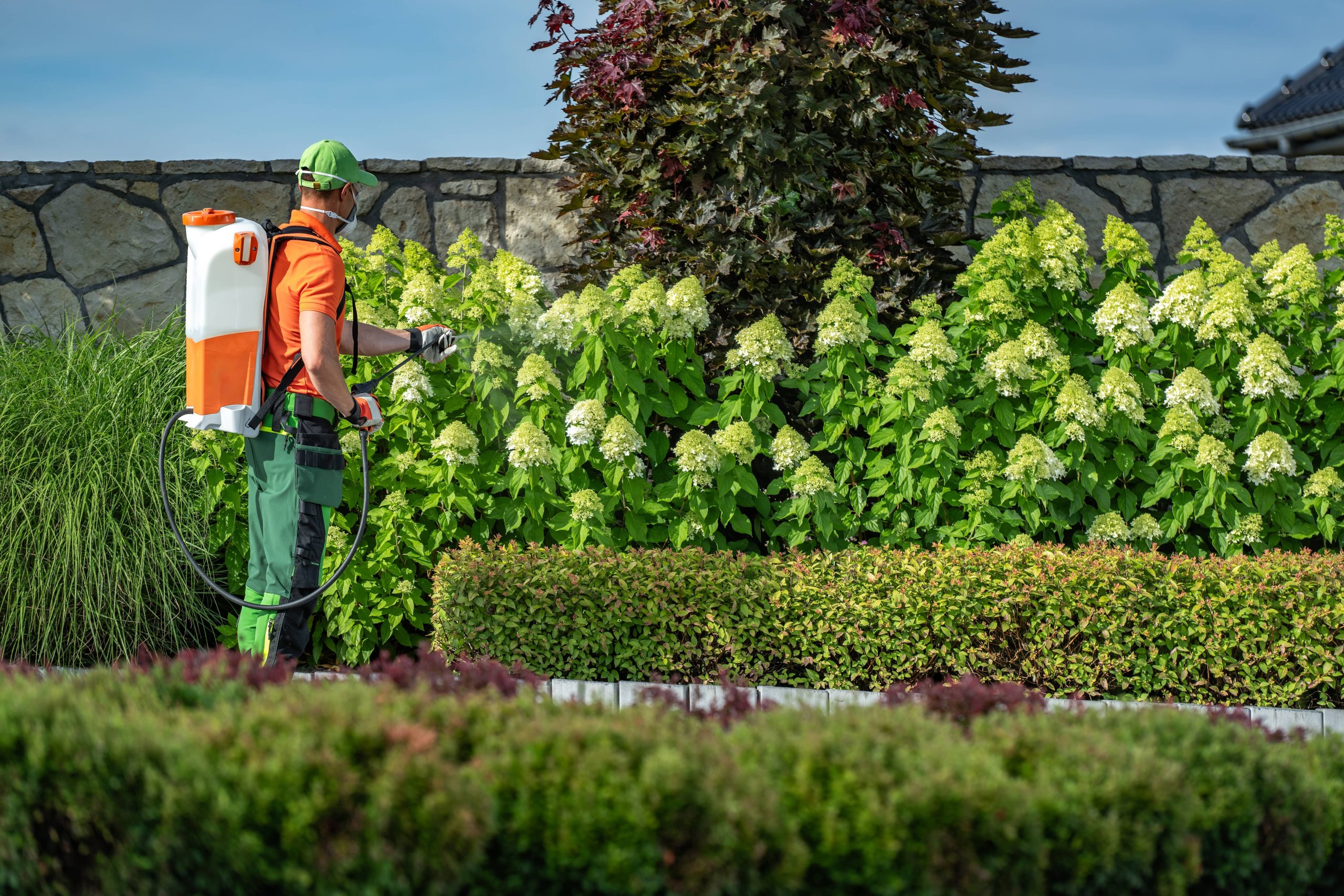
There’s something profoundly satisfying about growing your own vegetables — from the careful tending of seedlings to the sweet reward of harvesting your own produce. But perhaps even more satisfying is cultivating heirloom varieties, which connect us to a distinct lineage of gardening, bringing back flavors and stories from the past. In today’s post, we’ll explore the unique appeal of heirloom vegetables, how they differ from hybrid varieties, and why they deserve a cherished spot in your garden.
What Are Heirloom Vegetables?
Heirloom vegetables are open-pollinated plants that have been cultivated and passed down through several generations, preserving their unique traits and histories. Unlike hybrids, which are cross-bred for specific characteristics like uniformity or shelf-life, heirlooms are the products of nature and small-scale gardening. These varieties have been selected over time for flavor, resilience, and adaptability, often originating from different regions around the globe. Some definitions state that a variety must be at least 50 years old to be considered an heirloom, while others require a lineage that dates back before World War II.
The Alluring Appeal of Heirlooms
1. Flavor and Diversity: One of the most compelling reasons to grow heirloom vegetables is their exceptional flavor. Modern agriculture often prioritizes durability and yield over taste, meaning that heirloom varieties frequently offer a richer, more intense flavor profile. Those who’ve tried heirloom tomatoes, eggplants, or carrots can attest to the depths of taste that conventional varieties just can’t match.
2. Preservation of Genetic Diversity: In an era where agricultural biodiversity is dwindling, growing heirlooms contributes to the conservation of genetic diversity. By cultivating these varieties, gardeners play a vital role in preserving seeds that might otherwise disappear. This genetic diversity is crucial for resilience against pests, diseases, and changing climate conditions.
3. Cultural and Historical Significance: Every heirloom variety carries a story. Some were cultivated by Indigenous peoples long before European settlers arrived in the Americas, while others have been tended in family gardens for generations. Planting heirloom seeds links you directly to these narratives, fostering a deeper appreciation for the human heritage of gardening.
Getting Started with Heirloom Gardening
Growing heirloom vegetables is much like growing any other plants, but there are some key considerations to maximize their growth and flavor potential.
1. Choosing Your Varieties: Start by selecting heirloom varieties that thrive in your climate and soil type. Consider consulting with local garden centers or seed exchanges for recommendations on varieties that perform well in your region. Some popular heirlooms to consider include the Cherokee Purple tomato, the Chioggia beet, and the Jimmy Nardello pepper.
2. Source Quality Seeds: Look for reputable seed companies or local seed swaps that specialize in heirlooms. Special attention is given to maintaining genetic purity, so you can be confident in the heritage and quality of the seeds you buy.
3. Start with Healthy Soil: Heirloom vegetables tend to require rich, well-drained soil. Incorporate organic matter like compost to boost nutrients and enhance soil structure. Heirlooms are often more susceptible to certain diseases, so healthy soil can be your first line of defense.
4. Implement Companion Planting: Consider using companion planting strategies to enhance the growth of your heirlooms. Basil can improve the flavors of heirloom tomatoes, while marigolds can repel common pests. This holistic approach can further foster a balanced garden ecosystem.
5. Embrace the Imperfections: Heirloom vegetables are less about perfection in appearance and more about uniqueness in flavor and character. Embrace the quirky shapes and varied sizes, as these are true indicators of natural growth, free from human interference.
Enjoying the Fruits of Your Labor
Once your heirloom vegetables are ready for harvest, they bring unparalleled culinary opportunities. A simple way to enjoy these rich flavors is by preparing them raw to appreciate their full taste profile. Consider rustic salads with heirloom tomatoes, drizzled with olive oil and a sprinkle of salt. Or roast heirloom carrots with fresh herbs to accentuate their sweetness.
Preserving seeds from your heirloom harvest is another rewarding endeavor, allowing you to cultivate your garden’s legacy year after year. Save seeds from healthy plants by allowing the fruit to approach full ripeness, then dry and store them properly until the next planting season.
Concluding Thoughts
Growing heirloom vegetables is a journey that invites gardeners to partake in an experience that is both rewarding and meaningful. Through their diverse flavors and storied histories, these varieties foster a connection to our past and a sustainable future in gardening. Whether you’re an experienced gardener or a curious beginner, heirlooms offer something special. They remind us that gardening is not just about producing food, but preserving history and embracing biodiversity. Step into the world of heirloom gardening, and let your tastebuds savor a rich slice of our collective past.













